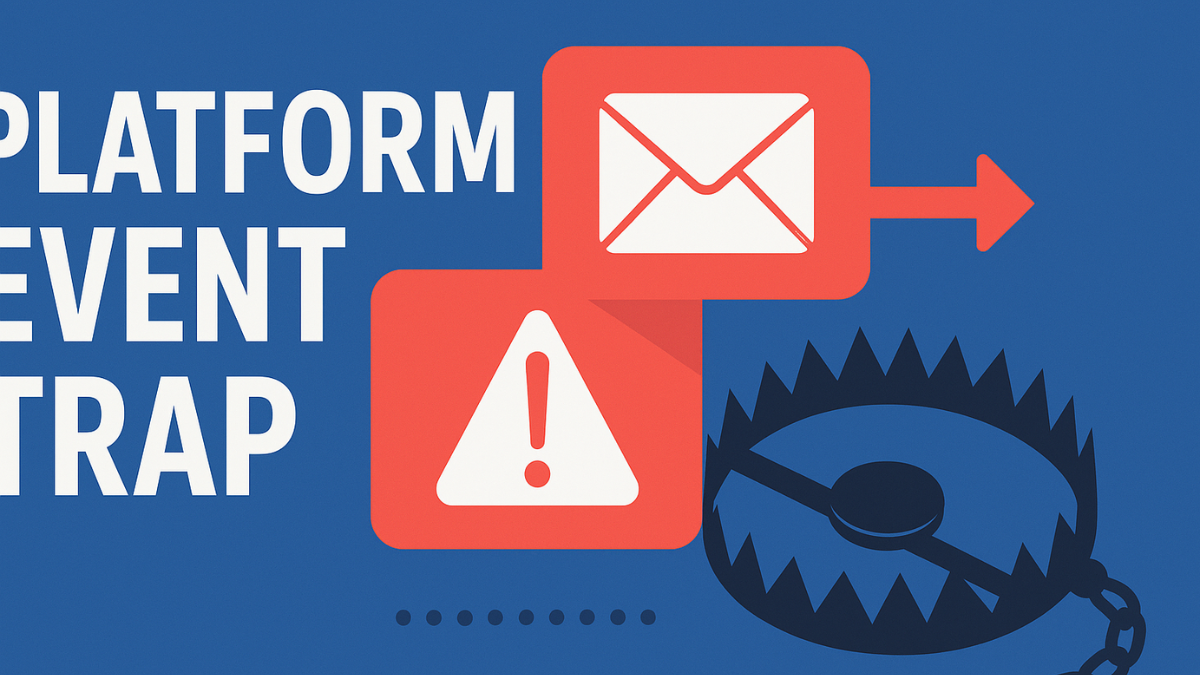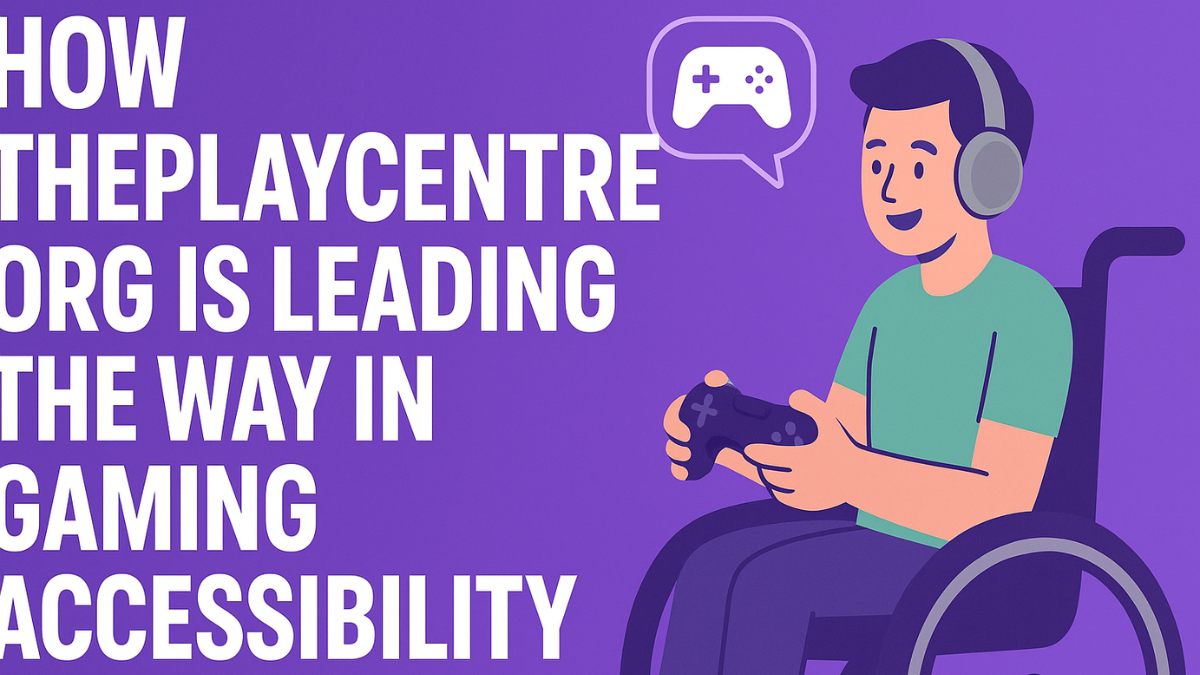Platform Event Trap: Understanding, Avoiding, and Fixing Issues in Event-Driven Architecture
Learn everything about the platform event trap, its causes, consequences, and solutions in event-driven systems. Explore strategies, real-world examples, FAQs, and expert tips for avoiding costly pitfalls.
also read: https://theplaycentreorg.com/mike-wolfe-passion-project/
Introduction
Event-driven architecture (EDA) has become one of the most powerful approaches to building modern applications. It allows systems to communicate in real time, react to changes, and scale efficiently. However, along with these benefits comes a significant risk often referred to as the platform event trap.
The platform event trap occurs when developers or businesses misuse or over-rely on platform events in a way that leads to inefficiency, performance bottlenecks, or complex debugging challenges. Understanding this trap is essential for anyone working with event-driven systems, particularly in environments like Salesforce, AWS EventBridge, Apache Kafka, or other enterprise integration platforms.
In this article, we’ll break down what the platform event trap is, why it happens, its consequences, and—most importantly—how to avoid it.
What Is the Platform Event Trap?
The platform event trap describes the situation where platform events—meant to be lightweight, scalable messages—are misused as replacements for core business logic or as permanent storage mechanisms. Instead of acting as transient signals between systems, events get overloaded with responsibilities they were not designed to handle.
This leads to inefficiencies and creates hidden problems such as:
- Event storms and unnecessary processing
- Duplication of business logic
- Increased costs due to high event volume
- Difficulty in tracking dependencies
In short, the trap happens when developers forget that events are messages, not databases or workflow engines.
Why Does the Platform Event Trap Happen?
The trap usually emerges for several reasons:
- Ease of Use – Modern platforms make it simple to create and consume events. Developers sometimes rely on them too much instead of considering better alternatives.
- Lack of Design Planning – Without a proper architecture strategy, teams may push all communication into events, even when APIs or direct integrations are more efficient.
- Misunderstanding Event Nature – Events are ephemeral, not guaranteed long-term records. Treating them as storage creates fragility.
- Scaling Pressure – As systems grow, poorly designed event-driven flows can multiply issues.
Real-World Example of a Platform Event Trap
Imagine a company using Salesforce Platform Events to synchronize customer data across systems. Instead of using a proper data pipeline or API calls, every change in customer information is fired as an event—even when not necessary.
At first, this works. But as the customer base grows, the system begins firing thousands of events daily. This overwhelms subscribers, causes latency, and leads to duplicate data updates. Debugging becomes difficult because no one knows which event triggered which change.
This is a classic platform event trap—using events as the default solution instead of the right tool for the job.
Risks and Consequences of the Platform Event Trap
The risks of falling into this trap are significant. Some of the most common consequences include:
- Performance Degradation: Too many events slow down the system.
- Cost Escalation: Cloud platforms often charge per event; overuse can lead to rising bills.
- Debugging Complexity: Event-driven chains are harder to trace than direct API calls.
- Data Inconsistencies: Relying on transient messages as records can lead to missing or duplicated updates.
- Business Delays: Teams spend more time fixing issues instead of innovating.
Here’s a quick comparison to highlight the risks:
| Factor | Correct Use of Events | Platform Event Trap |
|---|---|---|
| Event Volume | Moderate, purposeful | Excessive, redundant |
| Cost Efficiency | Optimized | Rising costs |
| Debugging | Manageable | Complex & confusing |
| Data Consistency | High | Risk of duplication |
| Scalability | Sustainable | Unsustainable |
How to Avoid the Platform Event Trap
Avoiding this trap requires conscious design and discipline. Below are some proven strategies:
1. Define Clear Event Use Cases
Events should only represent significant business changes—like “Order Placed” or “Payment Processed.” Do not fire an event for every small update.
2. Use APIs Where Appropriate
If systems need guaranteed updates or historical data, APIs are often better than relying on events.
3. Implement Event Governance
Create rules for when to use events, how to name them, and how to structure payloads.
4. Monitor and Audit Events
Track event volume, subscriber performance, and error logs to detect misuse early.
5. Leverage Event Replay Cautiously
Some platforms allow replaying missed events. Use this feature sparingly to avoid compounding issues.
Best Practices for Managing Events
- Keep Events Lightweight: Only include necessary information.
- Document Event Flows: Maintain diagrams or maps of how events connect across systems.
- Avoid Over-Chaining: Limit the number of dependent subscribers to reduce fragility.
- Use Dead Letter Queues: Capture undeliverable events instead of silently failing.
- Regularly Review Architecture: Conduct periodic audits to check if events are still serving their intended purpose.
Platform Event Trap in Salesforce
Salesforce developers often face the platform event trap when building automation. While Salesforce Platform Events are powerful, relying on them for every trigger can lead to:
- Governor limit breaches
- Event backlogs
- Hard-to-trace workflows
The solution is balance: use Salesforce’s built-in tools like Flow or Apex triggers where appropriate, and reserve platform events for cross-system communication.
Frequently Asked Questions
1. What is the platform event trap in simple terms?
It’s when developers misuse platform events, turning them into a crutch instead of using them properly as transient signals.
2. How do I know if my system is stuck in the trap?
If you see high event volumes, rising costs, or difficulty debugging, you may already be in the trap.
3. Can platform events replace APIs?
No. APIs provide synchronous, guaranteed updates, while events are best for asynchronous notifications.
4. Are platform events reliable?
They are reliable for notifications but not for permanent data storage.
5. How can I monitor event usage effectively?
Use platform monitoring tools, dashboards, and logging systems to track event flows.
6. Does Salesforce have limits on platform events?
Yes. Salesforce imposes daily and hourly limits on published events, which makes misuse risky.
7. What is the difference between custom events and platform events?
Custom events may exist within a single application, while platform events are designed for system-wide communication.
8. Can events cause data duplication?
Yes. Poorly designed event flows can trigger duplicate updates across systems.
9. Is the platform event trap only a Salesforce issue?
No. It can occur in any event-driven system, including Kafka, AWS, or Azure.
10. How do I fix an over-reliance on platform events?
Start by auditing usage, consolidating unnecessary events, and redesigning flows with APIs or batch processes where more efficient.
Conclusion
The platform event trap is a subtle but serious issue in event-driven architecture. While platform events are invaluable for building scalable and reactive systems, overusing them or misusing them can create performance bottlenecks, cost overruns, and complex debugging challenges.
By understanding the nature of events, setting governance rules, and carefully balancing event-driven designs with APIs and other integration methods, organizations can avoid this trap and harness the full potential of event-driven systems.
Ultimately, the goal is not to abandon platform events but to use them wisely—only where they deliver the most value.
also read:https://theplaycentreorg.com/trucofax/
also read: https://theplaycentreorg.com/gadgetfreeks-com/
also read: https://theplaycentreorg.com/olympus-scanlation/
also read: https://theplaycentreorg.com/264-68-111-161/
also read: https://theplaycentreorg.com/prostavive-colibrim/
also read: https://theplaycentreorg.com/rapelusr/
also read: https://theplaycentreorg.com/doodflix-everything-you-need-to-know-about-the-streaming-platform/
also read: https://theplaycentreorg.com/newtopy/
news via inbox
Mail us for latest news and updates







